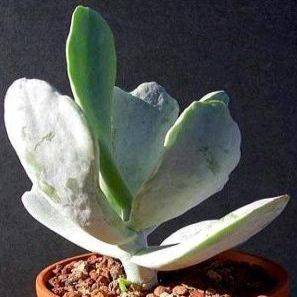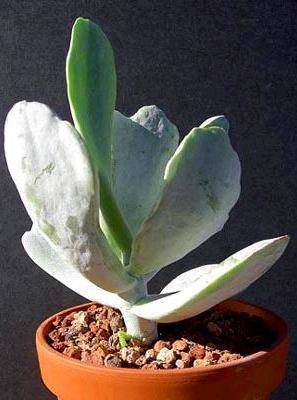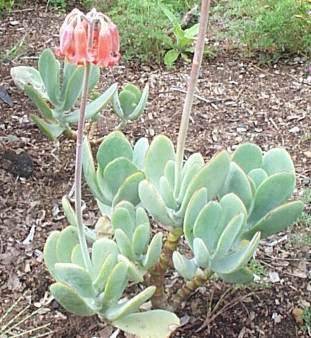
Medicinal - Remove Warts & Cotyledon orbiculata var oblonga Seeds - Indigenous Succulents
Check my rate
| Main centres: | 1-3 business days |
| Regional areas: | 3-4 business days |
| Remote areas: | 3-5 business days |

| Main centres: | 1-3 business days |
| Regional areas: | 3-4 business days |
| Remote areas: | 3-5 business days |

Cotyledon orbiculata var oblonga Seeds
Pig's Ear, Plakkie, Platjies, Varkoor, Kouterie

The genus Cotyledon comes from the Greek word "kotyle" which means cavity. Species name "barbeyi" was given after William Barbey (1842-1914), a Swiss philanthropist and botanist. This fast-growing succulent is well known to gardeners, forms a low shrub and adds colour to the winter garden. Forms with handsome grey leaves provide year-round interest in the garden. This succulent plant has thick leaves which may vary from green to grey, often with a red line around the margin. Cotyledon orbiculata has five varieties, based on differences in leaf and flower shape. The variability of leaf size, shape and colour is also influenced by the immediate environment. Selected forms in cultivation have been given names such as 'Elk Horns' or 'Silver Waves'. Cotyledon orbiculata is widespread throughout South Africa, but is usually confined to rocky outcrops in grassland fynbos and Karoo regions. The brightly coloured flowers attract bees and birds, which feed on the nectar of the plant. The silver-grey leaves of some forms owe much of their attractive colouring to a powdery white coating which may assist in reflecting much of the sun's heat to prevent excessive water loss from the thick succulent leaves. This is a well-known medicinal plant. The fleshy part of the leaf is applied by many South Africans to soften and remove hard corns and warts. The Southern Sotho uses a dried leaf as a protective charm for an orphan child and as a plaything. In the Willowmore District, the heated leaf is used as a poultice for boils and other accessible inflammations, in particular, earache. Van Wyk et al. (1997) report that a single leaf is eaten as a vermifuge and that the warmed juice can be used as drops for toothache or earache. They also report that the juice has been used to treat epilepsy.

